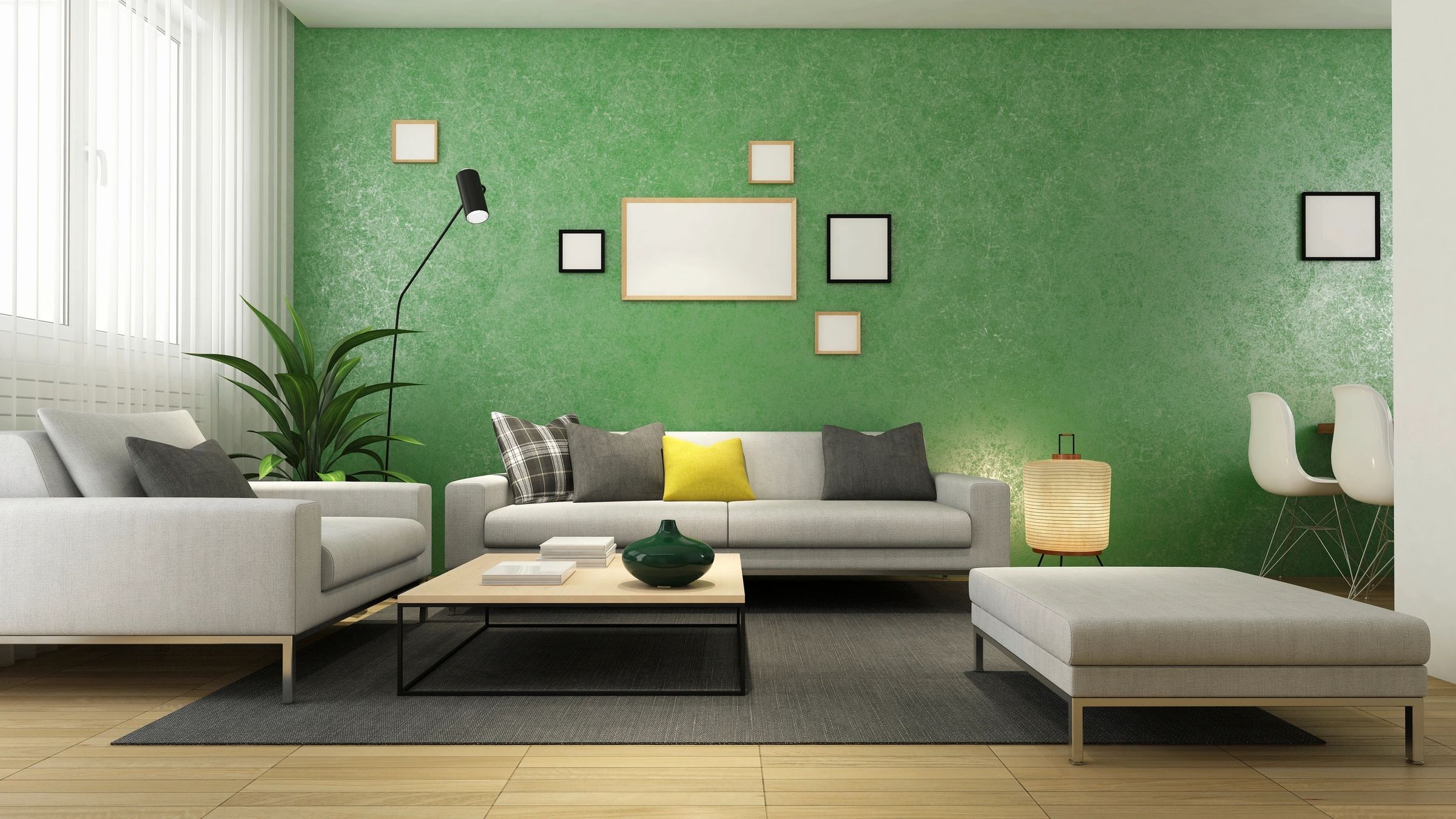In the realm of home design, few elements wield as much power as color. It’s not just about aesthetics; color has the remarkable ability to influence mood, perception, and even behavior. Whether you’re painting walls, selecting furniture, or choosing decor accents, understanding the psychology behind color can help you craft a space that not only looks beautiful but also feels just right. Let’s delve into the fascinating world of color psychology and discover how to choose the perfect palette for your home.
Understanding Color Psychology
Warm Colors: Creating a Cozy Atmosphere
Warm colors like reds, oranges, and yellows have the innate ability to evoke feelings of warmth, energy, and comfort. They’re perfect for spaces where you want to create a cozy atmosphere, such as living rooms, dining areas, or bedrooms. Incorporating these hues into your home can make it feel inviting and intimate, encouraging relaxation and social interaction.
Cool Colors: Instilling Calm and Serenity
On the opposite end of the spectrum, cool colors like blues, greens, and purples are known for their calming and soothing qualities. These hues are ideal for spaces where you want to instill a sense of serenity and tranquility, such as bedrooms, bathrooms, or home offices. By incorporating cool tones into your decor, you can create a peaceful retreat from the hustle and bustle of everyday life.
Neutral Colors: Versatility and Sophistication
Neutral colors like whites, grays, and beiges may seem understated, but they offer unparalleled versatility and sophistication in home design. Whether used as a backdrop or as accent colors, neutrals provide a timeless canvas that complements any style or aesthetic. They’re perfect for creating a cohesive look throughout your home while allowing other elements to take center stage.
Harmonizing Your Palette
Monochromatic Schemes: Simplicity with Depth
A monochromatic color scheme involves using different shades and tints of the same color to create a harmonious and sophisticated look. This approach offers simplicity with depth, allowing you to play with light and shadow to add visual interest to your space. Whether you prefer soft pastels or rich jewel tones, a monochromatic palette can lend your home an air of understated elegance.
Complementary Colors: Bold Statements and Balance
Complementary colors sit opposite each other on the color wheel and create striking contrasts when paired together. By combining hues like blue and orange or purple and yellow, you can make bold statements while maintaining balance and harmony in your home. Whether used sparingly as accent colors or boldly as focal points, complementary hues add vibrancy and energy to any space.
Analogous Colors: Subtle Harmony and Flow
Analogous colors are adjacent to each other on the color wheel and share similar undertones, creating a sense of subtle harmony and flow. This approach is perfect for creating a cohesive color scheme that transitions seamlessly from room to room. By selecting hues like blue, green, and teal or red, orange, and yellow, you can create a space that feels unified and visually pleasing.
Practical Considerations
Lighting: Influencing Color Perception
Lighting plays a crucial role in how we perceive color, affecting its hue, intensity, and warmth. Natural light can enhance the vibrancy of colors, while artificial light may alter their appearance. When choosing colors for your home, consider how different lighting conditions will impact their overall look and feel. It’s essential to test paint samples in various lighting scenarios to ensure you achieve the desired effect.
Room Size and Function: Adapting Color Choices
The size and function of a room should also influence your color choices. Dark colors can make a small room feel cozy but may overpower larger spaces. Similarly, bold hues may energize a space, while muted tones promote relaxation. Take into account the purpose of each room and the emotions you want to evoke when selecting colors. By adapting your palette to suit the size and function of each space, you can create a harmonious and functional home environment.
Personal Preferences: Reflecting Individual Style
Ultimately, the colors you choose for your home should reflect your personal preferences and individual style. Whether you’re drawn to vibrant hues or subtle shades, it’s essential to create a space that resonates with you on a personal level. Experiment with different color combinations, textures, and finishes to find the perfect palette that speaks to your unique personality and tastes.
Conclusion: Crafting Your Home’s Color Story
In the journey of home design, color plays a starring role in shaping the ambiance, mood, and personality of a space. By understanding the principles of color psychology and harmonizing your palette with careful consideration of practical factors, you can craft a home that not only looks beautiful but also feels like a true reflection of your style and personality. So go ahead, unleash the power of color, and create a home that tells your unique color story.
Please like, comment, and share this article if you found it helpful and
informative.
Visit https://bigtownbulletin.com if you would like to see more of this content.
Please like, comment, and share this article if you found it helpful and
informative.
For more news check out Big Town Bulletin News
For more from Big Town Bulletin check out Big Town Bulletin


